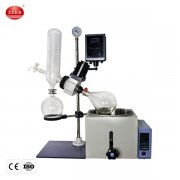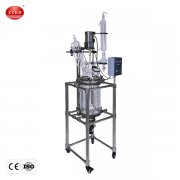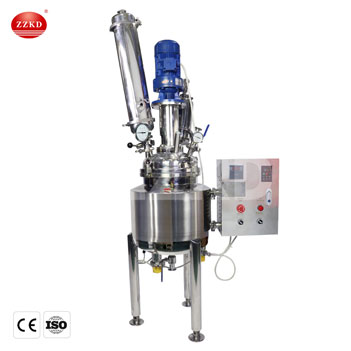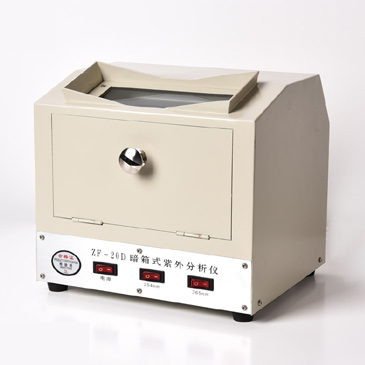Lab work stalled by slow processes? Unsure if a vacuum pump is the missing piece for better results? You're not alone in wanting efficiency.
A lab vacuum pump is a crucial device that removes air and gas molecules from a sealed space, creating a low-pressure environment. This is essential for many lab tasks like filtration, evaporation, distillation, and freeze-drying, speeding up processes and protecting samples.
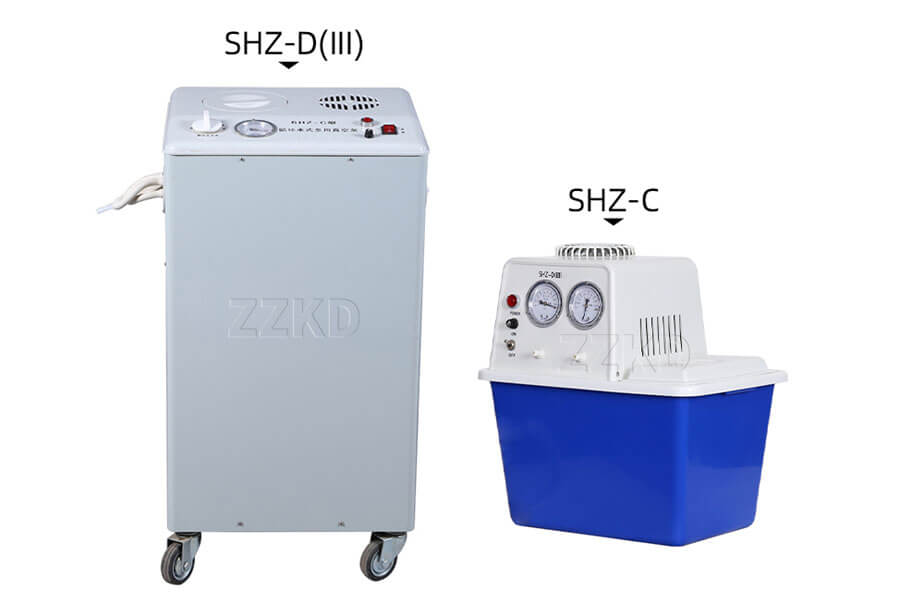
For us in the lab, getting reliable results often means controlling the environment. A vacuum pump is a key player in this. I remember early in my career, not quite grasping why some reactions needed vacuum. It felt like an extra step. But once I saw how it could gently remove solvents without overheating my precious samples, or dramatically speed up filtration, I was converted. It's not just about sucking air out; it's about enabling better science. We, as manufacturers, constantly hear from researchers about how the right pump transformed their workflow, and that’s what we aim to provide.
What Exactly Is a Lab Vacuum Pump and Why Would I Need One?
Seeing "vacuum pump" on equipment lists but unsure of its true role? Feeling your experiments could be faster or more effective? Let's clear that up.
A lab vacuum pump creates a vacuum by sucking out air and gases. You'd need one for tasks like speeding up evaporation with a rotovap vacuum pump, efficient drying in something like a blast drying oven, degassing liquids, or enabling processes that only work under reduced pressure.

At its heart, a lab vacuum pump works by creating a pressure difference. It removes air and other gases from a sealed container or system, leading to a pressure lower than the surrounding atmosphere. This might sound simple, but it’s fundamental to so many laboratory operations. I recall a specific instance where we were trying to concentrate a heat-sensitive plant extract. Traditional heating would have destroyed the active compounds. By connecting a vacuum pump to our rotary evaporator, we lowered the solvent's boiling point significantly. The solvent evaporated quickly at a much lower temperature, preserving the extract. It was a game-changer for that project.
Common Lab Tasks Benefiting from Vacuum:
-
Rotary Evaporation: This is a big one. Lowering pressure reduces the boiling point of solvents, allowing for fast and gentle evaporation. We've helped countless labs optimize this.
-
Vacuum Filtration: If you've ever waited for gravity filtration to finish with a fine precipitate, you'll appreciate how a vacuum speeds this up.
-
Vacuum Drying: Essential for removing residual solvents from samples without excessive heat, preventing degradation. This is very common in chemical synthesis.
-
Degassing: Removing dissolved gases from liquids, which is critical for techniques like HPLC where bubbles can cause issues, or for materials that might react with dissolved oxygen.
-
Freeze Drying (Lyophilization): A process where water is removed from a frozen sample by sublimation (ice directly to vapor), requiring a good vacuum.
The benefits are clear: processes run faster, sensitive materials are protected from heat, and some reactions or procedures can only occur under reduced pressure. As a company that has specialized in lab instruments for over 16 years, we've seen firsthand how indispensable a reliable vacuum pump is across countless scientific disciplines.
What Different Types of Lab Vacuum Pumps Are Out There?
Overwhelmed by terms like "diaphragm," "rotary vane," "scroll"? Choosing the wrong type can be a costly mistake. Let's simplify the main kinds.
Common lab vacuum pumps include oil-free diaphragm pumps for general vacuum, rotary vane pumps for deeper vacuum (often needing oil), and scroll pumps for clean, deep vacuum. Each has pros and cons for different lab needs and budgets.
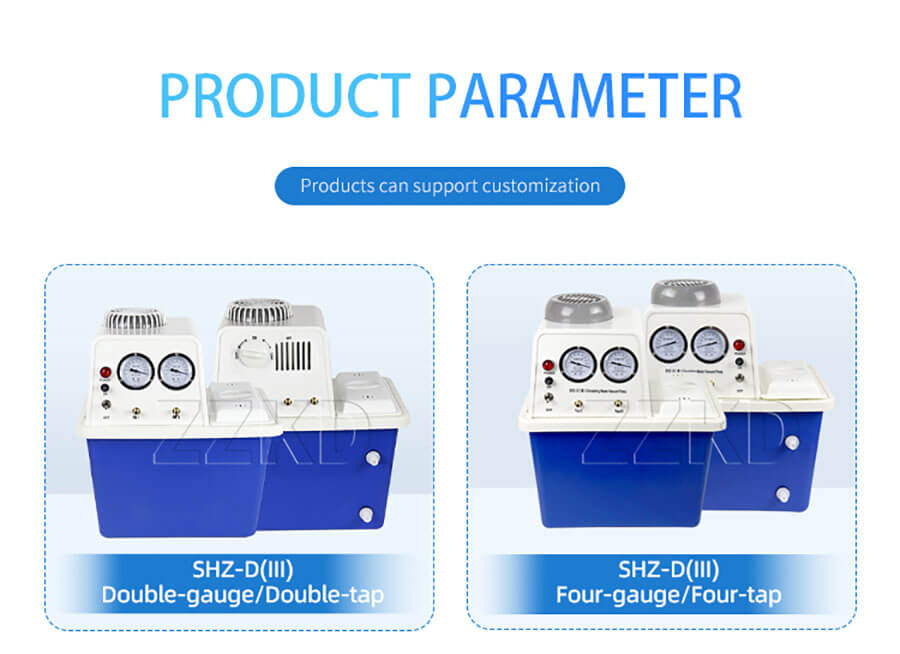
Choosing a vacuum pump can feel like navigating a maze if you're not familiar with the common types. Let me break down a few we frequently work with and supply:
Key Lab Vacuum Pump Technologies:
-
Diaphragm Pumps: These are often the workhorses for general lab vacuum. They use a flexible diaphragm that moves back and forth to pump gas. A big plus is that they are typically oil-free, which means less maintenance and no risk of oil contamination in your system. We often recommend chemical-resistant versions (with PTFE heads and diaphragms) if you're working with corrosive solvents. They are great for rotary evaporators and vacuum filtration. I remember setting up a new teaching lab, and we chose diaphragm pumps for their robustness and ease of use for students.
-
Rotary Vane Pumps: When you need a deeper vacuum (lower pressure), rotary vane pumps are a common choice. They use an eccentrically mounted rotor with vanes that trap gas and move it from the inlet to the outlet. Most are oil-sealed, meaning the oil lubricates, seals, and helps cool the pump. This oil needs regular changing, and you have to be mindful of potential oil mist from the exhaust, though modern pumps often have good mist filters. They are essential for applications like freeze dryers or some high-vacuum ovens. I learned the hard way that neglecting oil changes on these really impacts performance and lifespan!
-
Scroll Pumps: These are another oil-free option that can achieve quite good vacuum levels. They use two inter-fitting spiral-shaped scrolls. One is fixed, and the other orbits, trapping and compressing gas towards the center outlet. They are known for being quiet and having low vibration. While often more expensive upfront, the oil-free operation and lower maintenance can be beneficial for sensitive analytical instruments or cleanroom environments.
Here’s a quick comparison to help you see the differences:
|
Pump Type |
Typical Vacuum Level |
Oil-Free? |
Common Maintenance |
Typical Lab Uses |
|
Diaphragm Pump |
Medium (e.g., 2-100 mbar) |
Yes |
Diaphragm/valve checks/replacement (long intervals) |
Rotary evaporation, vacuum filtration, degassing |
|
Rotary Vane Pump |
High (e.g., down to 0.001 mbar) |
Usually No (oil-sealed) |
Regular oil changes, mist filter checks |
Freeze drying, vacuum ovens, mass spectrometry prep |
|
Scroll Pump |
High (e.g., down to 0.01 mbar) |
Yes |
Tip seal replacement (long intervals) |
Electron microscopes, surface science, clean processes |
← Swipe Left and Right to View the Table→
As a manufacturer, ZZKD offers various types because we know one size doesn't fit all. We always try to understand the specific application to recommend the best fit from our extensive product line.
How Do I Choose the Right Vacuum Pump for My Specific Lab Needs?
Afraid of buying a pump that's too weak or too powerful (and expensive)? Matching the pump to your application is crucial for success and budget.
Consider the required vacuum level (how low pressure), pumping speed (how fast), chemical compatibility with your samples/solvents, and whether you need an oil-free pump. Also, think about your budget and maintenance capacity.
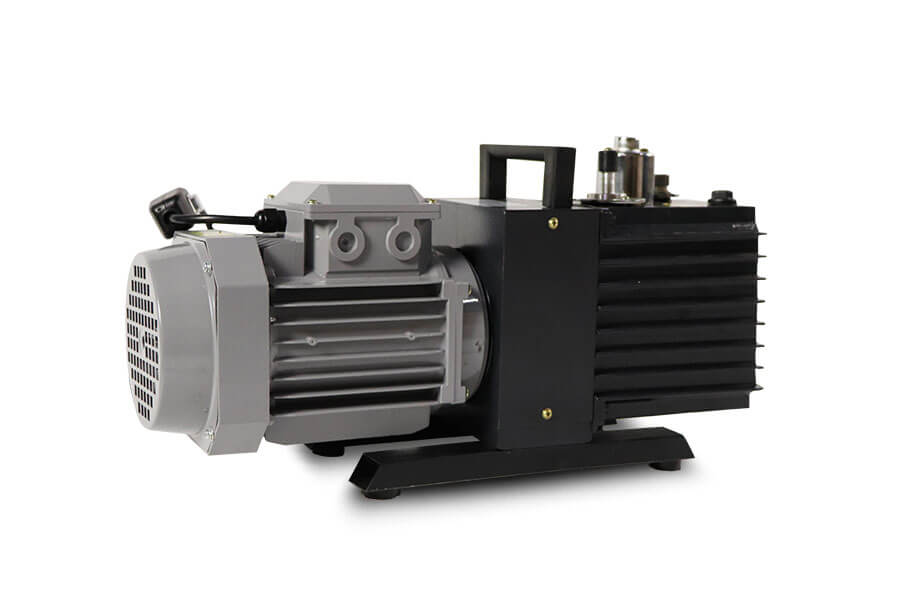
Selecting the right vacuum pump is more than just picking one from a catalog; it's about matching its capabilities to your specific requirements. I've seen labs struggle with processes simply because their pump wasn't up to the task, or conversely, they overspent on a pump with features they'd never use. Here’s what I always advise customers to consider:
Key Selection Criteria:
-
Ultimate Vacuum Level (Pressure): What level of vacuum does your application need? A rotary evaporator might work well at 20 mbar, but a freeze dryer will need pressures below 0.1 mbar. Check the specifications for the equipment you'll be using the pump with (like your rotary evaporator for sale). Trying to use a pump that can't reach the required vacuum will lead to inefficient or failed experiments.
-
Pumping Speed (Flow Rate): This is how much gas the pump can move per unit of time (e.g., liters per minute or cubic feet per minute). Larger systems or processes that generate a lot of vapor (like large-scale evaporations) will need a higher pumping speed. A small lab reactor needs a different pump than a pilot-scale system.
-
Chemical Compatibility: This is a big one! If you're pumping corrosive vapors (acids, organic solvents), you need a pump built to withstand them. This often means wetted parts made of materials like PTFE. We once had a client who tried to use a standard diaphragm pump for highly acidic vapors, and it failed very quickly. A chemically resistant version would have saved them a lot of trouble and money.
-
Oil-Free vs. Oil-Sealed: As we discussed, oil-free pumps (like diaphragm or scroll pumps) are cleaner and generally require less routine maintenance, but might not achieve the very deepest vacuum levels as easily as some oil-sealed rotary vane pumps. If your application is sensitive to oil contamination (e.g., certain analytical instruments), an oil-free pump is a must. If you need very deep vacuum and can manage oil changes and potential (though usually minimal with good traps) oil backstreaming, an oil-sealed pump might be suitable.
-
Budget and Maintenance Capacity: Pumps vary in price. Consider not just the initial cost but also the long-term cost of ownership, including maintenance (oil, spare parts like diaphragms or tip seals) and potential downtime. How much time and resource can your lab dedicate to pump maintenance?
As an exporter with over 16 years of experience, we at ZZKD make it a point to discuss these factors with our clients. We want to ensure you get a pump that's not just a piece of equipment, but a reliable partner in your research or production. It's about finding that sweet spot of performance, durability, and cost-effectiveness.
What Kind of Maintenance Does a Lab Vacuum Pump Typically Need?
Worried about your new vacuum pump breaking down unexpectedly? Proper maintenance is simple but vital for a long, reliable pump life. Don't overlook it!
Maintenance varies by pump type. Oil-sealed pumps need regular oil changes and checks. Oil-free diaphragm pumps usually require diaphragm/valve replacement after thousands of hours. Always consult your pump's manual for specific schedules.
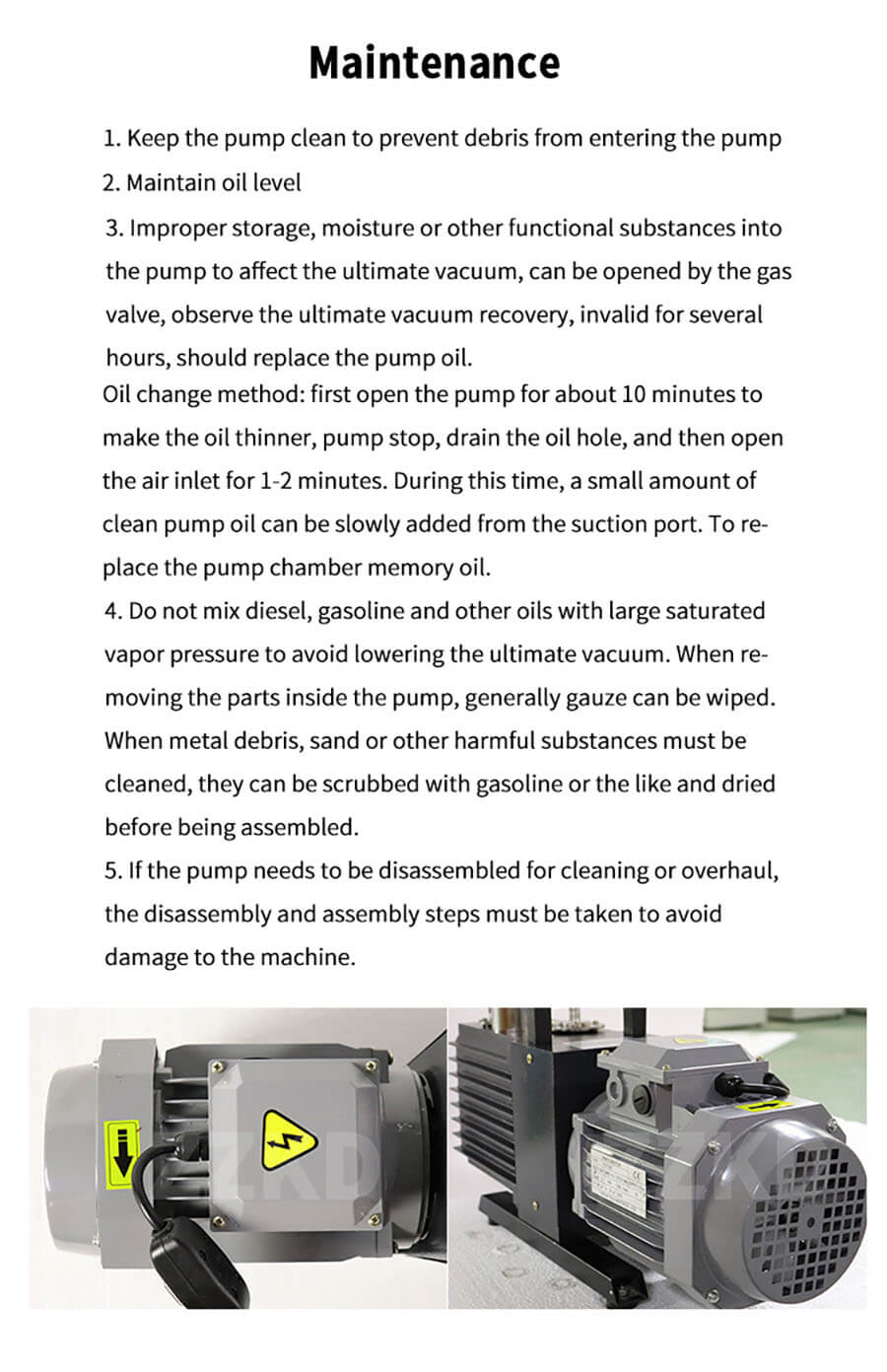
A lab vacuum pump is an investment, and like any good tool, it needs some care to perform well and last long. The specific maintenance will depend heavily on the type of pump you have, but some general principles apply. I always tell my team and customers: a little bit of preventative care goes a long way!
General Maintenance Tips for All Pumps:
-
Read the Manual: This sounds obvious, but the manufacturer's manual is your best friend. It will have specific instructions for your model.
-
Keep it Clean: Wipe down the exterior of the pump regularly. Ensure ventilation ports are not blocked, as overheating can shorten a pump's life.
-
Use a Cold Trap or Inlet Filter: This is probably one of the most important tips, especially if you're pumping condensable vapors (like solvents or water) or particulate matter. A cold trap (often using dry ice or a mechanical chiller) will condense vapors before they enter the pump, protecting it from corrosion and contamination. An inlet filter can catch particles. I’ve seen pumps last years longer with consistent cold trap use.
Specifics for Common Pump Types:
-
Oil-Sealed Rotary Vane Pumps:
-
Oil Level: Check the oil level frequently through the sight glass. Too low, and it won't seal or lubricate properly. Too high, and it can cause issues too.
-
Oil Changes: This is critical. The frequency depends on usage and what you're pumping. If the oil looks cloudy, discolored, or you're pumping aggressive chemicals, change it more often. Fresh oil is key to performance and longevity.
-
Gas Ballast: Use the gas ballast valve (if your pump has one) when pumping large amounts of condensable vapors. It helps purge them from the oil.
-
Oil-Free Diaphragm Pumps:
-
These are generally lower maintenance. The main wear parts are the diaphragms and valves.
-
Most manufacturers will specify an expected lifespan for these parts (often many thousands of hours). We include this in our manuals. When performance drops, it's usually time to replace these – it's often a kit you can install yourself.
-
Keep the inlet clear and ensure it's not ingesting liquids or solids.
At ZZKD, we're proud of our "Worry-Free Global After-Sales" support, including a 24/7 hotline. We understand that downtime is costly. Proper maintenance, as outlined by us, minimizes these risks. It's a shared responsibility: we build them robustly, and with good care, they serve reliably.
Can a Lab Vacuum Pump Help with Processes Like Freeze Drying?
Curious if that lab vacuum pump can do more, like for making unique products? Perhaps you've heard about freeze drying and wonder if your pump is suitable?
Yes, a robust vacuum pump is absolutely essential for freeze drying, including making freeze-dried candy or preserving samples. It creates the low pressure needed for sublimation, turning ice directly into vapor. The right pump is key for a good freeze dryer for vegetables or other items.

Absolutely! A vacuum pump is not just an accessory for freeze drying (also known as lyophilization); it's a critical component. I've worked with many clients setting up freeze-drying processes, from university researchers preserving delicate biological samples to food tech companies experimenting with novel products.
The Role of Vacuum in Freeze Drying:
Freeze drying works by first freezing the material and then reducing the surrounding pressure. This allows the frozen water in the material to change directly from solid ice to water vapor, bypassing the liquid phase – a process called sublimation. The vacuum pump is responsible for:
-
Achieving Low Pressure: It reduces the pressure in the freeze dryer chamber to below the triple point of water (0.006 atmospheres and 0.01°C). This is the condition where solid, liquid, and gaseous water can coexist, and below which sublimation is favored.
-
Facilitating Sublimation: By maintaining this low pressure, the pump helps drive the sublimation process.
-
Removing Water Vapor: As water sublimes from the product, the pump continuously removes this vapor from the system, preventing it from recondensing on the product. The vapor is typically trapped by a very cold condenser surface within the freeze dryer before it reaches the pump.
Pump Requirements for Freeze Drying:
Not just any vacuum pump will do for freeze drying. Key considerations include:
-
Ultimate Vacuum: Freeze dryers typically require a deeper vacuum than many other lab applications, often in the range of 0.01 to 0.1 mbar (10 to 100 microns). Oil-sealed rotary vane pumps are commonly used for this, though large oil-free scroll pumps can also work.
-
Pumping Speed: The pump needs adequate speed to handle the volume of water vapor generated, especially during the primary drying phase.
-
Cold Trap Efficiency: While the freeze dryer has its own condenser (cold trap), ensuring it's working effectively is crucial to protect the vacuum pump from being overwhelmed by water vapor. I’ve seen pumps fail prematurely when the cold trap wasn't cold enough or was overloaded. This is critical for pump health!
We've seen a surge in interest for using freeze dryers for all sorts of things, from preserving valuable pharmaceutical compounds to creating those fun, crunchy treats with a freeze dry candy machine. As a company that offers both freeze dryers and the vacuum pumps to power them, we understand how vital this synergy is. A good freeze drying process relies heavily on a dependable and appropriate vacuum system.
Conclusion
Choosing and maintaining the right lab vacuum pump boosts efficiency and protects your work. Understand types, needs, and care for lasting performance in your lab.

 Products
Products





